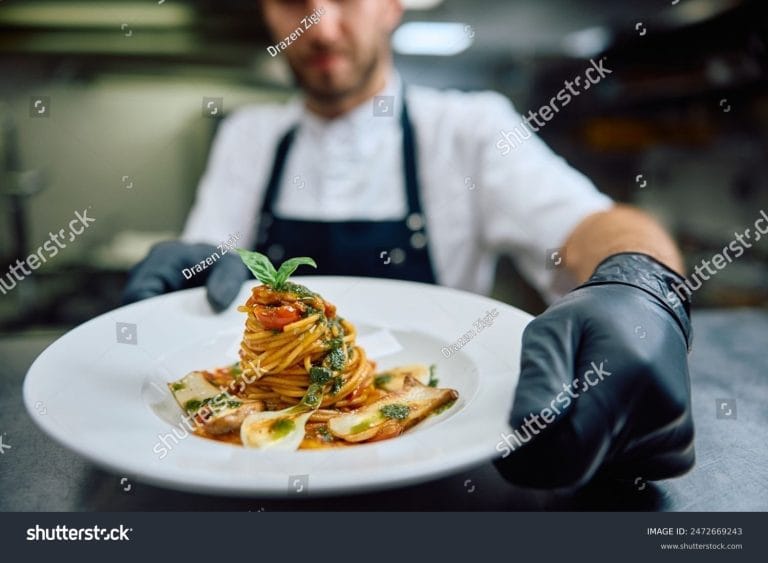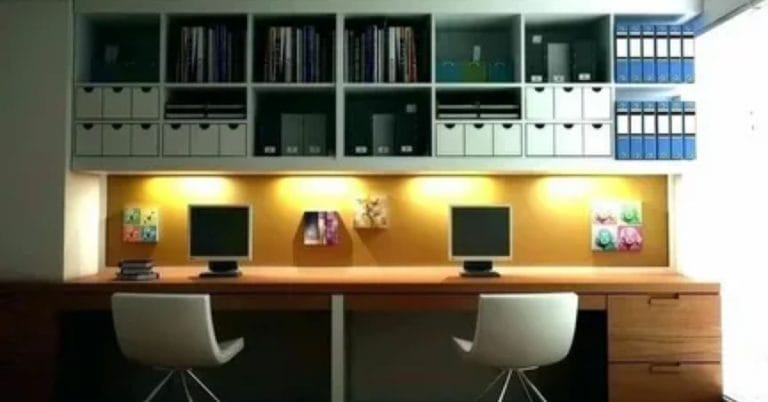As a professional landscape designer, I’ve had the pleasure of helping many homeowners transform their small gardens into vibrant, functional spaces. You might think that your garden is too small to make a big impact, but with the right design strategies, even the tiniest outdoor area can become a relaxing retreat, a productive garden, or a beautiful extension of your living space. In this article, I’ll share some creative solutions that will help you make the most of your small garden space.
Assessing Your Space and Setting Goals
No matter the size of your garden, every design project starts with careful assessment and planning. Understanding the space you have to work with and defining your goals are the foundation of a successful landscape design.
Analyze Available Space
Before diving into design ideas, the first step is to assess what you have. Take a good look at your garden—whether it’s a tiny backyard, a patio, or even a balcony—and note the key features. Pay attention to how much sun your garden gets, the condition of the soil, and any existing structures like walls or fences. This step helps set realistic expectations for your project.
Set Practical and Aesthetic Goals
It’s essential to have a clear vision of what you want to achieve. Do you want a space for entertaining guests? A cozy reading nook? Perhaps you want to grow vegetables or create a child-friendly play area. Knowing your primary goal helps guide your design choices. Personally, I’ve found that setting both practical and aesthetic goals makes it easier to design a space that feels functional and beautiful. One client of mine wanted both a vegetable garden and a quiet space for yoga—it was a fun challenge, but we made it work by incorporating raised garden beds that doubled as seating.
Incorporating vertical elements can significantly enhance the aesthetic and functional aspects of a small garden. Consider using trellises or wall planters to add layers and depth, making the most of limited space. Additionally, selecting the right plants is crucial for maximizing growth and beauty. For those seeking expert advice and a wide selection of plants, Portland’s known garden store offers a variety of options tailored to small spaces. Their knowledgeable staff can guide you in choosing plants that thrive in compact environments, ensuring your garden remains lush and vibrant throughout the seasons. By combining these strategies, you can transform even the smallest garden into a thriving oasis.
Compact Furniture and Smart Layouts
Choose Foldable and Stackable Options
In a small garden, you may not have room for a full dining set, but that doesn’t mean you have to sacrifice functionality. Opt for foldable chairs and tables that can be easily stored away when not in use. Stackable furniture is another great option—it’s convenient for larger gatherings but doesn’t clutter the space when you don’t need it.
Designating Zones Within Small Spaces
Even in small gardens, creating zones can make the space feel more functional. For instance, designate one area for relaxation with a small bistro set and another for gardening with raised beds or planters. By keeping these zones visually separated with planters or different paving materials, you can make a small space feel more organized and usable.
Consider using an artificial grass carpet to define specific areas, such as a relaxation corner or a small play area. This not only adds a soft, natural look but also requires minimal maintenance, making it perfect for small gardens where functionality is key.
Incorporating Water Features Without Wasting Space
Small Water Fountains and Ponds
Even in the smallest of gardens, a well-planned fish pond design can create a soothing atmosphere without overwhelming the space. With compact designs, you can enjoy the calming presence of water and fish without sacrificing precious garden real estate. I once installed a small, solar-powered fountain for a client with a tiny courtyard—it became the focal point of their garden, and they loved the added tranquility.
Low-Maintenance Options
If you’re worried about maintenance, consider installing a small water feature that requires minimal upkeep. A simple bubbling fountain or a small birdbath can add ambiance without requiring you to spend hours cleaning or maintaining it.
The Power of Multi-Functional Design Elements
Furniture That Doubles as Storage
When space is at a premium, every piece of furniture should pull double duty. Look for garden benches that have hidden storage compartments where you can stash gardening tools, pillows, or outdoor games. A favorite project of mine involved converting a standard garden bench into a storage unit for my client’s small outdoor space. The extra storage kept everything neat, while the bench provided seating for guests.
Planters as Dividers or Seating
Large planters can serve as beautiful partitions between different zones of your garden. For example, you could use tall planters filled with lush plants to separate a seating area from a small vegetable patch. You can also get creative and use planters as additional seating if they’re large and sturdy enough.
Dual-Purpose Pathways
Why not have your pathways serve more than one purpose? Stepping stones can act as functional walkways while doubling as a design feature. Gravel or bark paths, bordered with small flowering plants, can enhance both the visual appeal and usability of the space.
Utilizing Mirrors and Reflective Surfaces
Create the Illusion of Space
Strategically placed mirrors can make a small garden feel much larger. Mirrors reflect light and greenery, giving the illusion that your garden extends beyond its boundaries. I love using mirrors in shady corners or against fences to open up the space visually. Just be sure to angle the mirror so it reflects something beautiful, like plants or a water feature, rather than the neighbor’s wall!
Reflective Materials in Hardscaping
Reflective surfaces don’t just stop at mirrors. Shiny or metallic finishes on planters, furniture, or even water surfaces can reflect light and help the space feel brighter and more open. Stainless steel planters or a glass-topped table can work wonders in small spaces.
Bringing in Vertical Gardens
Wall-Mounted and Hanging Gardens
Vertical gardens are an excellent way to make use of limited space. Wall-mounted planters or hanging gardens can allow you to grow herbs, flowers, or even small vegetables without taking up any ground space. I’ve seen clients transform plain fences into lush vertical gardens that provide beauty and function. It’s a great way to make a small garden feel vibrant and full of life.
Pocket Planters and Tiered Plant Shelves
Another option for small spaces is to use pocket planters or tiered plant shelves. These are especially good for growing herbs or small flowering plants. They allow you to pack more plants into a small area while keeping everything organized.
Sustainable and Low-Maintenance Planting
Drought-Tolerant Plants
For those looking to minimize maintenance, drought-tolerant plants are a great choice. Succulents, lavender, and ornamental grasses are all excellent options for small spaces—they require little water and care but still add plenty of beauty.
Low-Maintenance Garden Beds
Another way to reduce upkeep is by planting low-maintenance garden beds. Perennials that come back year after year, such as hostas or ferns, are great choices for shady spots. Groundcovers like creeping thyme can fill in gaps and reduce the need for weeding.
Conclusion
Maximizing a small garden space doesn’t mean you have to compromise on style or function. With thoughtful planning and creative solutions, even the smallest outdoor areas can be transformed into beautiful, functional spaces that enhance your home and lifestyle. Whether it’s by using vertical planting, multi-functional furniture, or the addition of a small water feature, there are endless possibilities for making your garden a peaceful retreat. So take inspiration from these ideas, and start creating your own perfect garden oasis today!
Incorporating vertical elements like trellises or wall planters can significantly enhance the aesthetic appeal of a small garden. However, sometimes trees or large shrubs can overshadow these features, making it necessary to consider their removal for optimal space utilization. To explore professional options for managing such greenery, you can get more info on effective tree removal services. This ensures that your garden remains open and inviting, allowing for more creative landscaping opportunities. By carefully selecting which elements to keep and which to remove, you can transform even the smallest garden into a lush, functional oasis.





